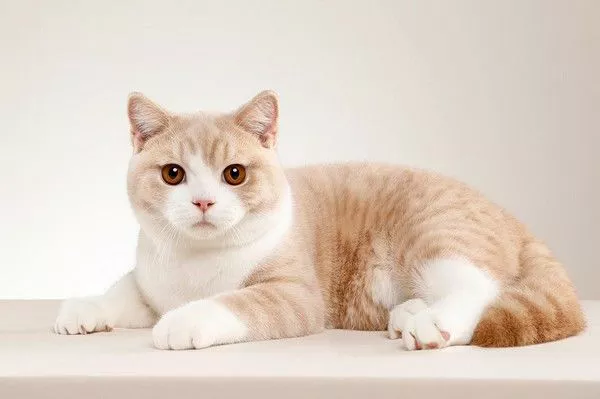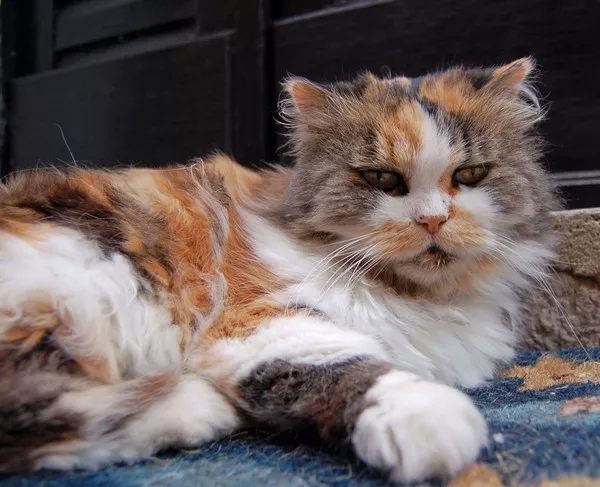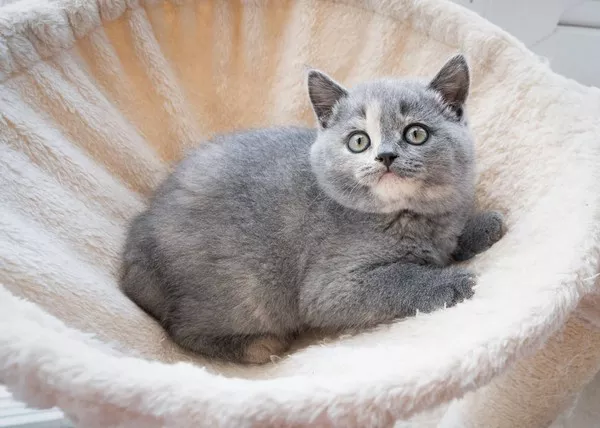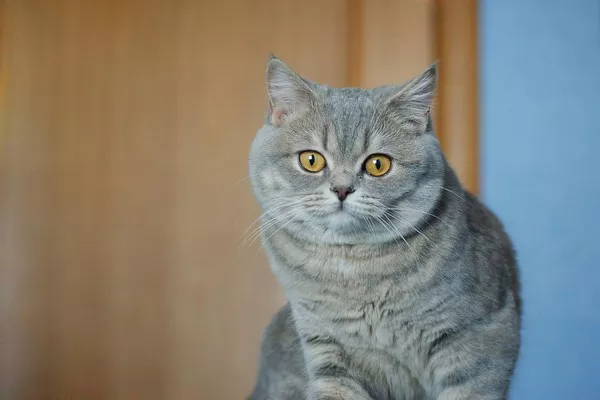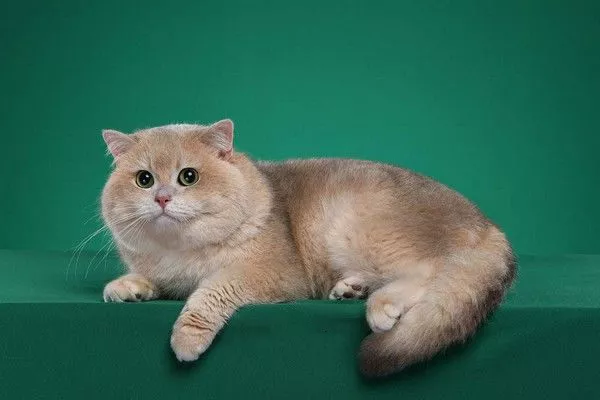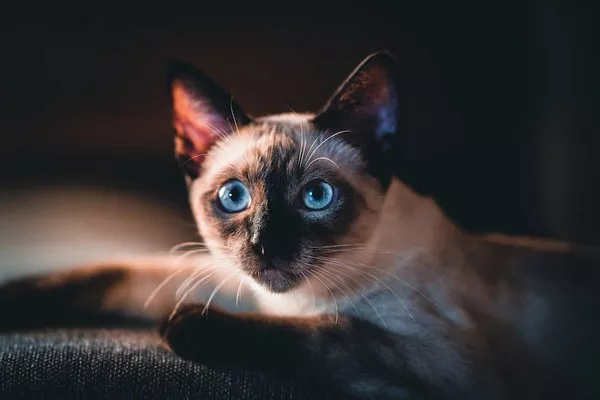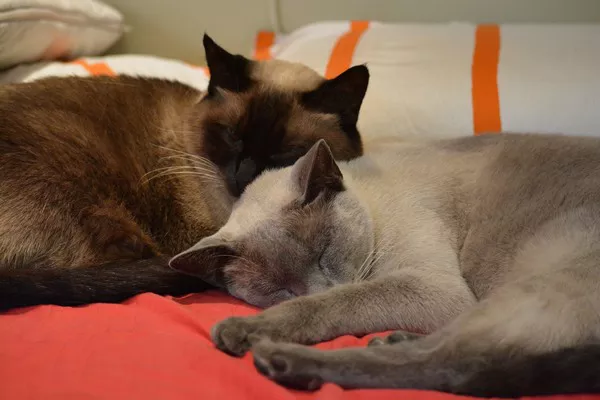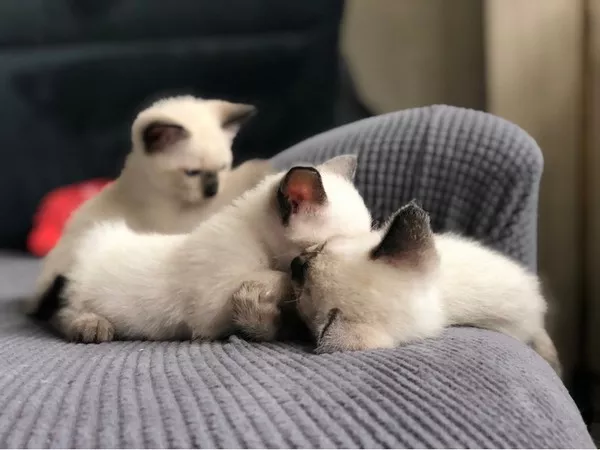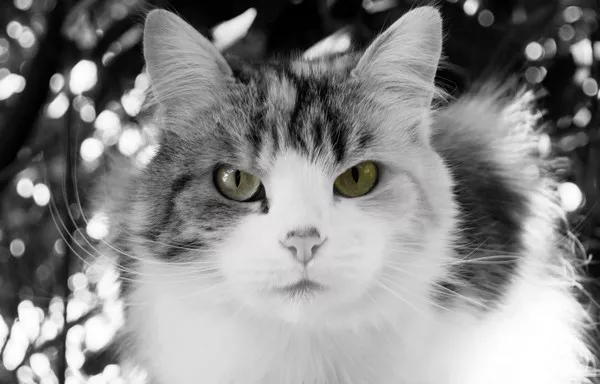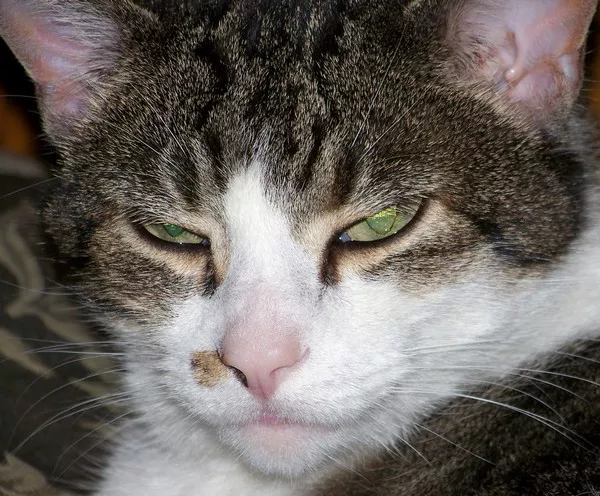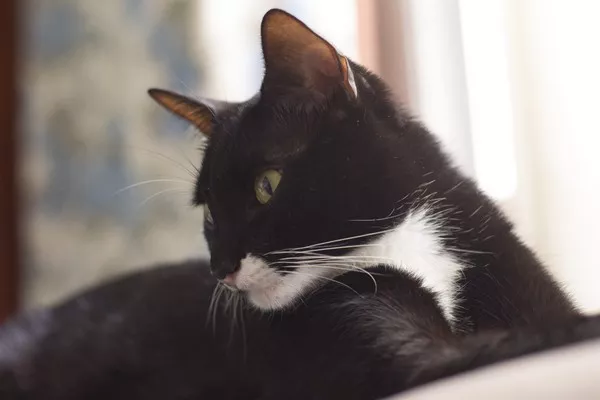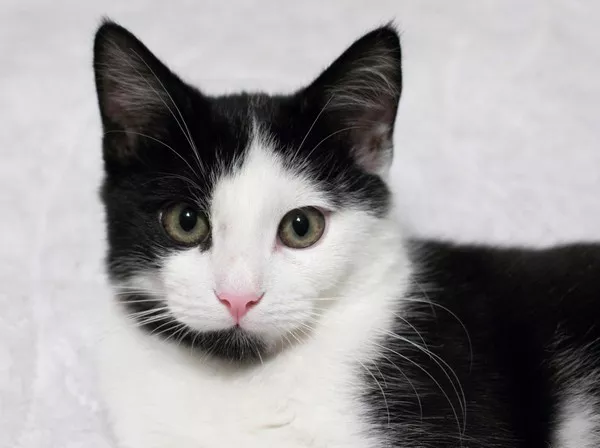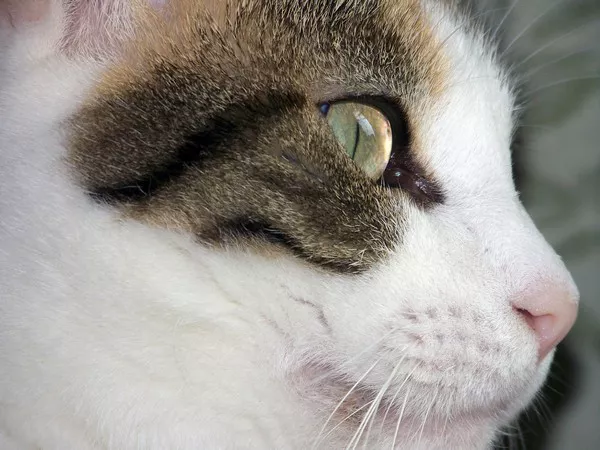The British Shorthair is a beloved breed of cat known for its round face, plush coat, and friendly demeanor. While the breed is well-known for its blue-gray coat, there are many other colors and patterns available, including some rare and unique variations. In this article, we will explore the rarest color of British Shorthair and what makes it so special.
Understanding British Shorthair Coat Colors
Before we dive into the rarest color of British Shorthair, it’s essential to understand how coat colors work in this breed. British Shorthairs come in a variety of colors, including:
Blue: This is the most common color for British Shorthairs and is often referred to as “British Blue.” The coat is a deep, slate-blue color with silver tips.
Black: The black British Shorthair has a sleek, jet-black coat that shines in the light.
White: The white British Shorthair has a pure white coat with no markings or patterns.
Cream: The cream British Shorthair has a pale, creamy colored coat with orange or copper-colored eyes.
Red: The red British Shorthair has a vibrant, orange-red coat with golden eyes.
Tabby: Tabby British Shorthairs have striped coats with various colors, including gray, brown, and orange.
These are just a few examples of the many coat colors and patterns available in British Shorthairs. However, there is one rare color that stands out from the rest.
The Rarest Color of British Shorthair
The rarest color of British Shorthair is the cinnamon color. Often referred to as the “Sorrel” or “Cinnamon Fawn,” this color is a beautiful reddish-brown with warm, golden undertones. The cinnamon color is an uncommon genetic mutation that produces a unique and stunning coat.
What Makes Cinnamon British Shorthairs Unique?
Aside from their rare coat color, cinnamon British Shorthairs have several unique characteristics that make them stand out from other British Shorthair varieties. Here are a few notable traits:
Warmth: The cinnamon color has warm and golden undertones, which make these cats look like they’re always glowing.
Playfulness: Cinnamon British Shorthairs tend to be more active and playful than other British Shorthair varieties. They love to play and explore their surroundings.
Affectionate: Like all British Shorthairs, cinnamon cats are friendly and affectionate with their owners. They love to snuggle up and be petted.
Breeding Cinnamon British Shorthairs
Breeding cinnamon British Shorthairs can be challenging, as it requires specific genetic mutations. Both parents must carry the recessive gene for cinnamon in order to produce a litter of cinnamon kittens. As a result, cinnamon British Shorthairs can be quite expensive and difficult to find.
However, with careful breeding practices, more breeders are starting to produce cinnamon British Shorthairs. As the demand for this rare color increases, it’s possible that we may see more cinnamon cats in the future.
Caring for Cinnamon British Shorthairs
Cinnamon British Shorthairs require the same level of care as any other British Shorthair variety. They need a healthy diet, regular grooming, and plenty of love and attention from their owners. However, because cinnamon cats tend to be more active and playful, they may require extra playtime and stimulation to keep them happy and healthy.
It’s also essential to ensure that cinnamon British Shorthairs receive proper veterinary care. Regular check-ups and vaccinations are crucial to maintaining your cat’s health and preventing illness or disease.
Conclusion
The cinnamon British Shorthair is the rarest and most unique color variation of this beloved breed. With its warm, golden undertones and playful personality, it’s no wonder that these cats are highly sought after by breeders and cat lovers alike. While they may be difficult to find, owning a cinnamon British Shorthair is a truly special experience. If you’re lucky enough to have one of these rare cats in your life, be sure to give them plenty of love and attention, and they’ll reward you with years of joy and companionship.

